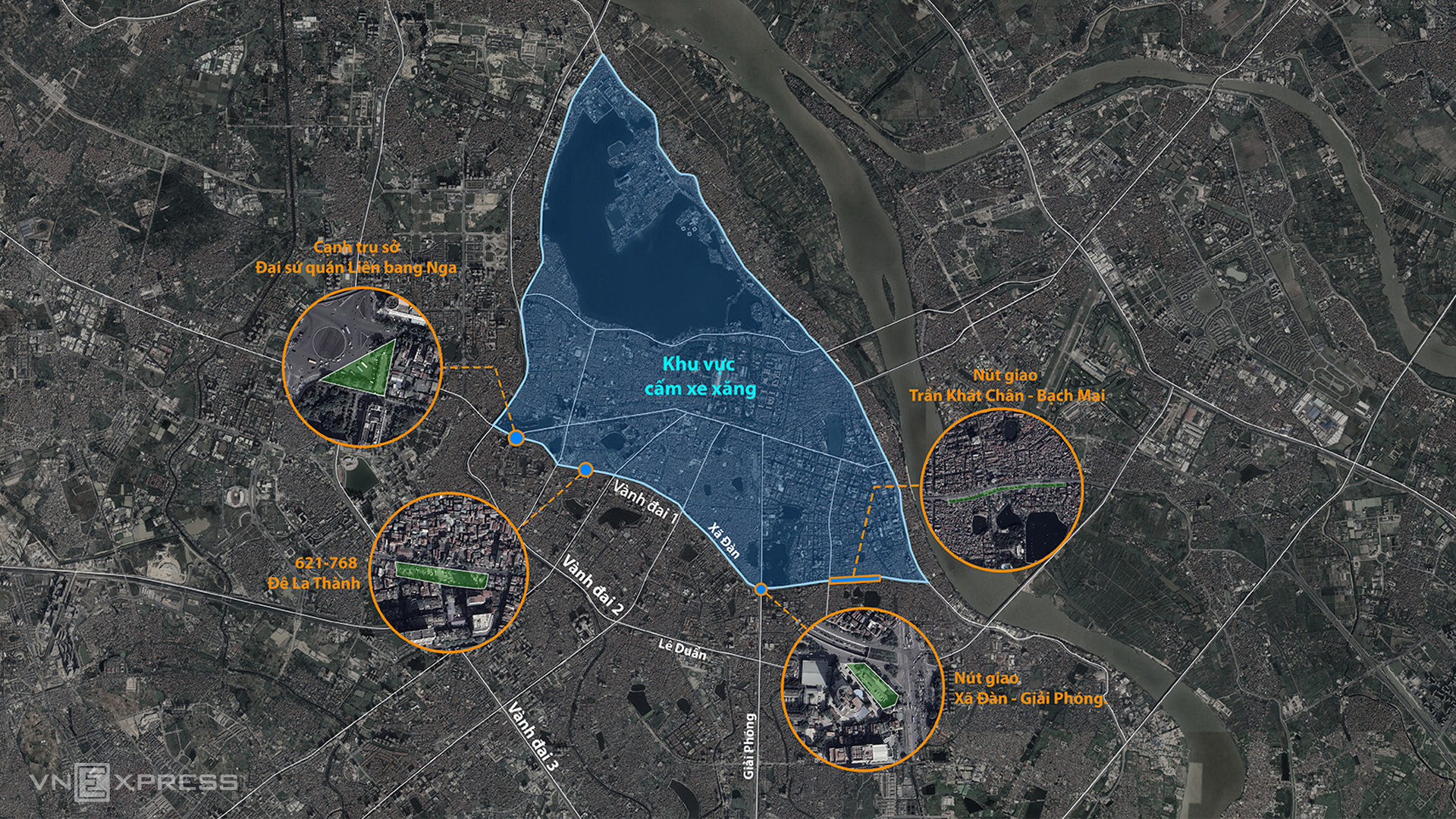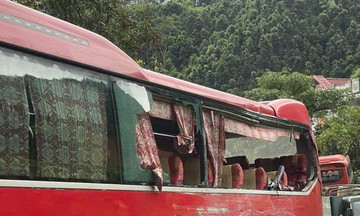According to a document from Hanoi's Department of Construction, in addition to personal vehicles, commune and ward authorities will record the population, the number of households with locations and conditions for charging electric vehicles at home, and review locations suitable for installing electric vehicle charging stations on various types of land.
The principle for selecting charging station locations prioritizes utilizing public land, vacant land, or locations with existing infrastructure. The first priority group includes public parking lots, offices, cultural houses, People's Committee offices of communes and wards, stadiums, shopping malls, bus stops, and parks. The next priority is areas with existing power sources or easy access to electricity, stable ground conditions, and no land disputes.
Charging station locations must meet practical needs by being near densely populated areas, apartment buildings, schools, markets, bus routes, or places with high demand for motorbike and electric car travel. The deadline for this review is mid-August.
 |
Traffic on Ring Road 3 in late 4/2025. Photo: Pham Chieu |
Traffic on Ring Road 3 in late 4/2025. Photo: Pham Chieu
Communes and wards are also asked to propose tasks and solutions for implementing Directive 20, issued by the Prime Minister on 12/7, while strengthening communication and encouraging residents to comply with the directive.
According to Directive 20, Hanoi must implement solutions to encourage organizations and individuals to transition to green vehicles, ensuring that by 1/7/2026, no fossil fuel-powered motorbikes or mopeds will operate within Ring Road 1.
From 1/1/2028, in addition to banning gasoline and diesel-powered motorbikes and mopeds, personal fossil fuel cars will also be restricted within Ring Roads 1 and 2. By 2030, this will apply to all fossil fuel-powered personal vehicles within Ring Road 3.
 |
Locations of 4 charging stations around Ring Road 1, as proposed by the Hanoi Parking Management Company. Graphics: Do Nam |
Locations of 4 charging stations around Ring Road 1, as proposed by the Hanoi Parking Management Company. Graphics: Do Nam
Following the Prime Minister's directive, the city drafted a resolution on transitioning to green vehicles (electric vehicles) and developing a charging station system. The draft outlines several financial support and incentive policies. For example, residents in low-emission zones who own gasoline or diesel motorbikes (registered before the resolution takes effect) and switch to green vehicles worth 15 million VND or more will receive 3 million VND in support. Near-poor households will receive 4 million VND, and poor households will receive 5 million VND. Each individual can receive support for a maximum of one vehicle until the end of 2030.
Additionally, the city plans to exempt 100% of registration fees and license plate fees for green vehicles from the date the resolution takes effect until the end of 2030.
Preliminary statistics from the Department of Construction show Hanoi currently has about 8 million motorbikes and nearly 1.5 million cars, with the number of personal vehicles increasing by 4.5% annually. The planned land allocation for stationary traffic should be 3-4%, but Hanoi has not yet reached 1%. The proportion of land allocated for transportation within urban construction areas in Hanoi is only 12.13%, half of the Government's decision on Hanoi's transport planning (the target is 20-26% for the central urban area).
Vo Hai












